Sharing a premium SolidWorks design of a V-twin motorcycle engine, including part drawings and assembly drawings.
Motorcycles can have 1 to 6 cylinders. Over the years, the V-twin design has been the choice of motorcycle engineers in the United States, Europe, and Japan. The V-twin is named for its two cylinders arranged in a “V” shape, such as the classic Harley-Davidson V-twin engine shown below. Note the 45-degree angle in the Harley-Davidson V-twin, which other manufacturers may alter to reduce vibration. The working principle of a motorcycle engine is the same as that of a car engine. The engine is composed of pistons, a cylinder block, and a cylinder head, which contains the valve mechanism. When the spark ignites the fuel-air mixture, it causes an explosion, pushing the piston up and down inside the cylinder block. The valves open and close accordingly to allow the fuel-air mixture to enter the combustion chamber. The up-and-down motion of the pistons drives the crankshaft, converting the pistons’ energy to rotational motion. The rotational force of the crankshaft is transmitted to the motorcycle’s rear wheel through the transmission.
Specification: V-Twin Motorcycle Engine
|
User Reviews
Be the first to review “V-Twin Motorcycle Engine”
You must be logged in to post a review.

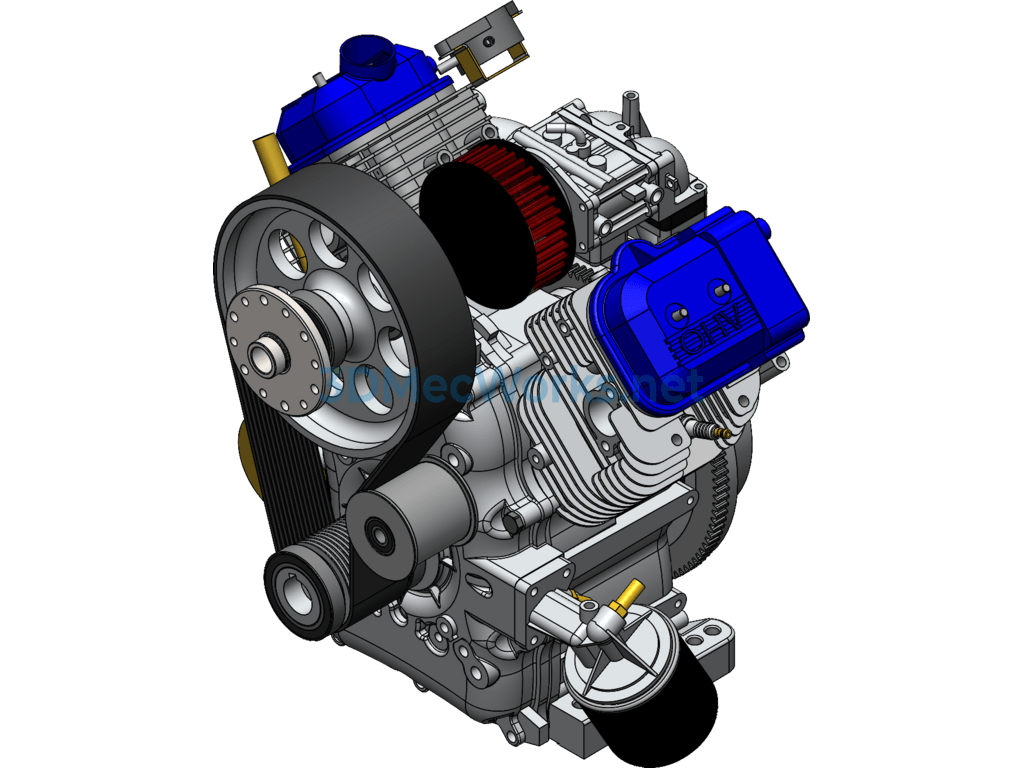
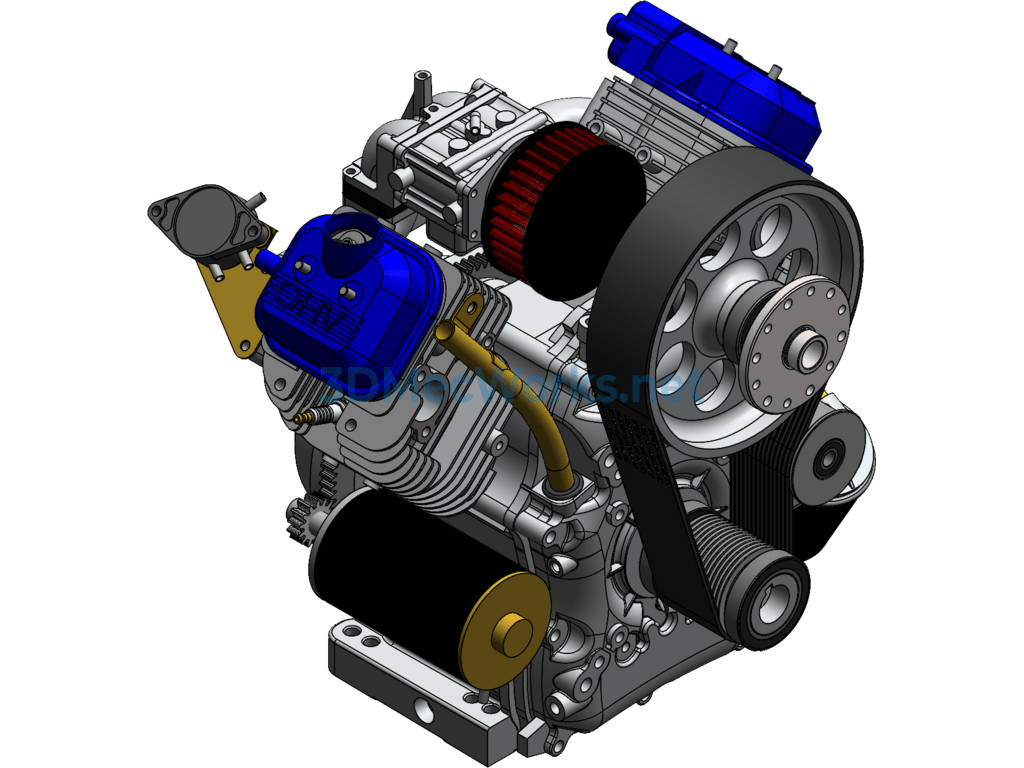
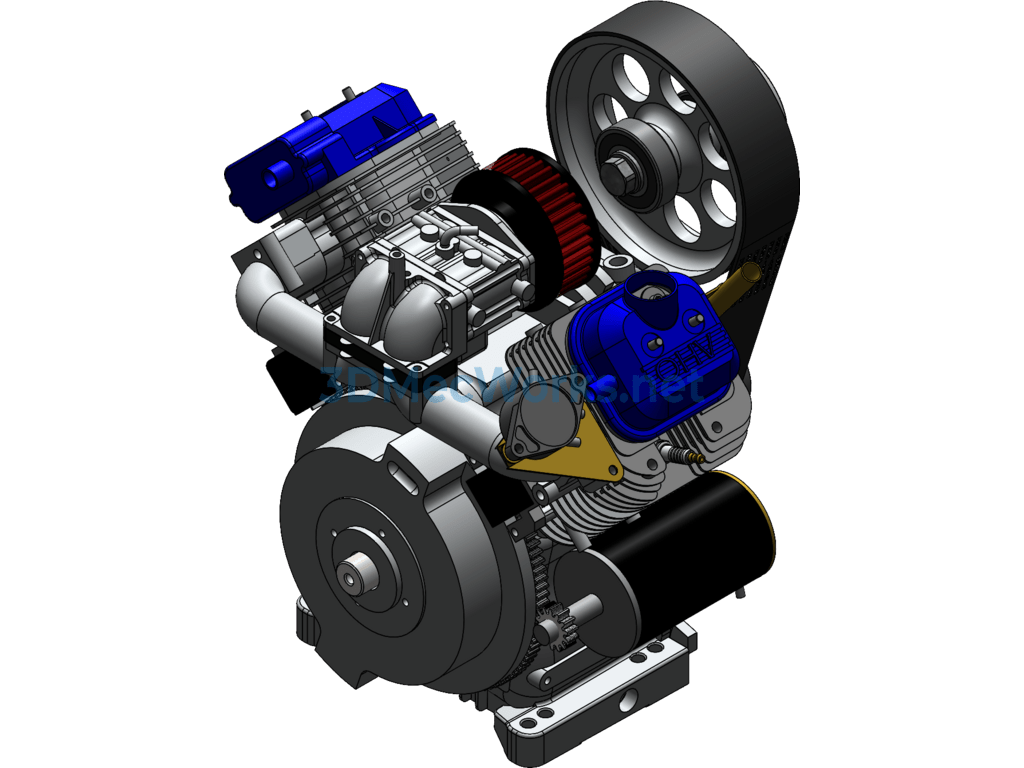
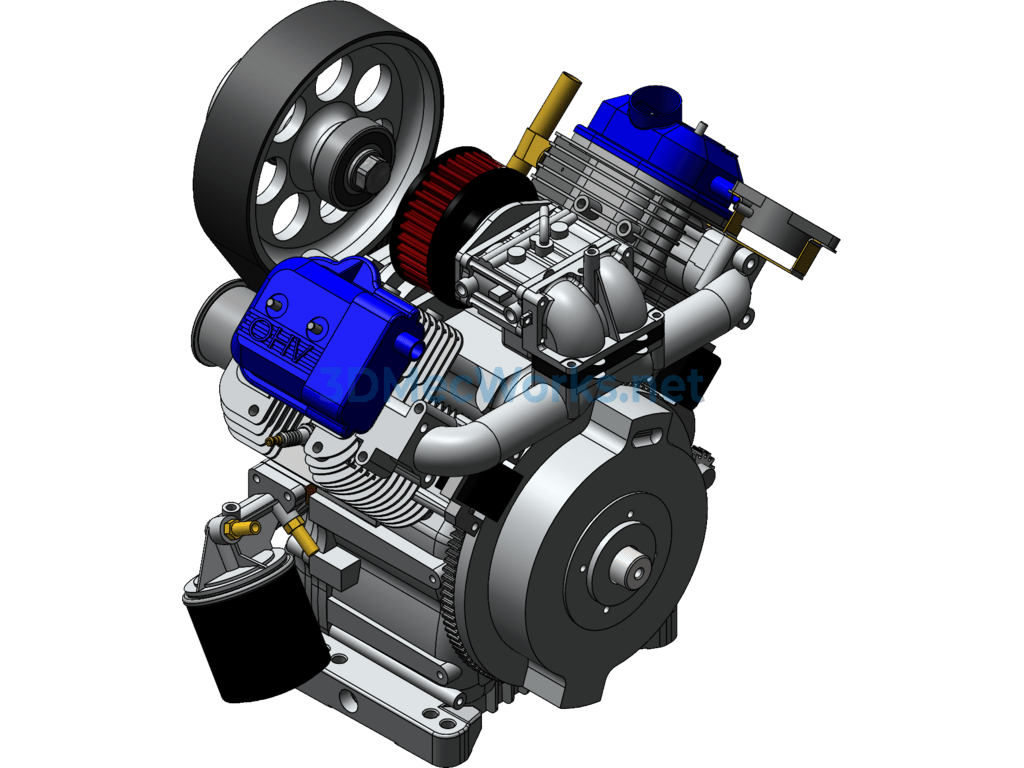
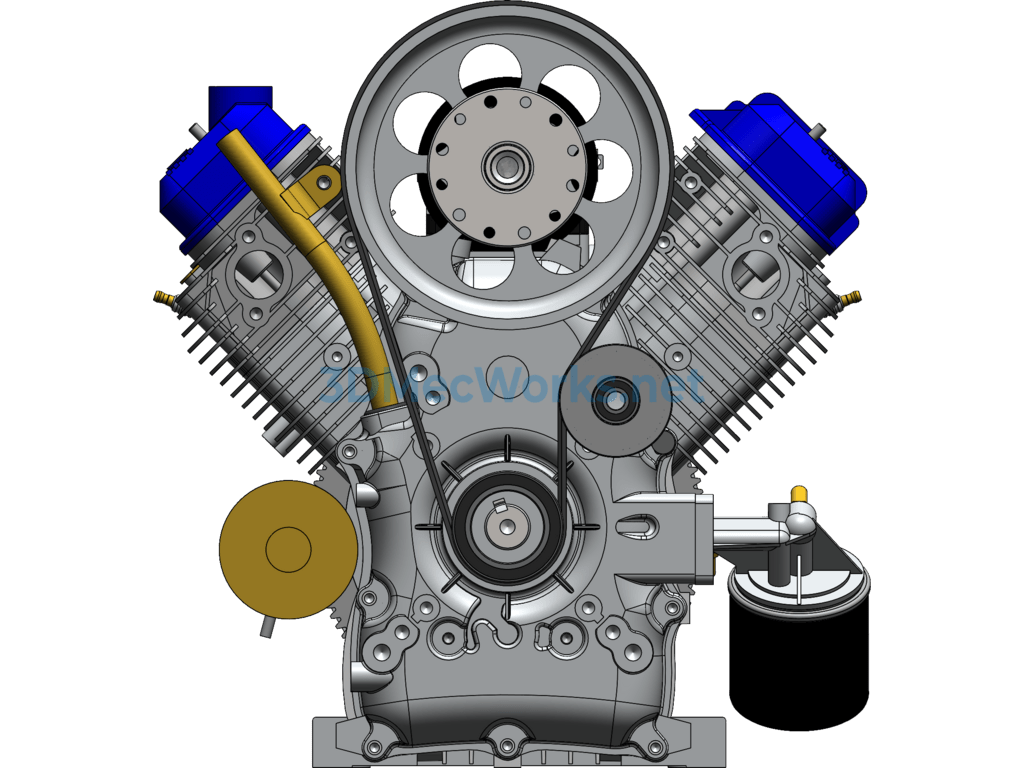


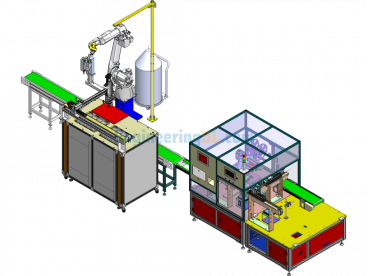
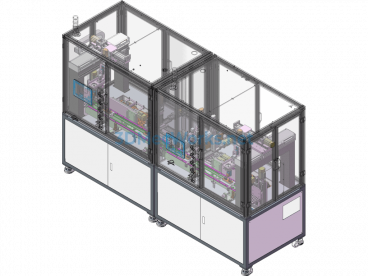
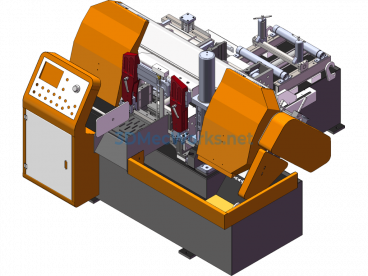
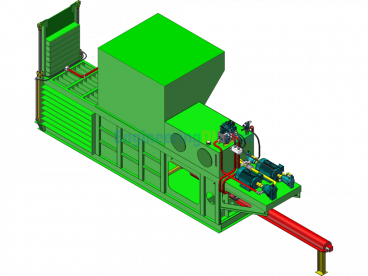
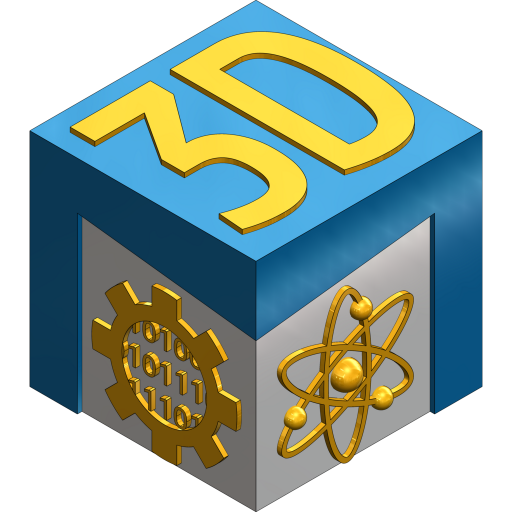
There are no reviews yet.